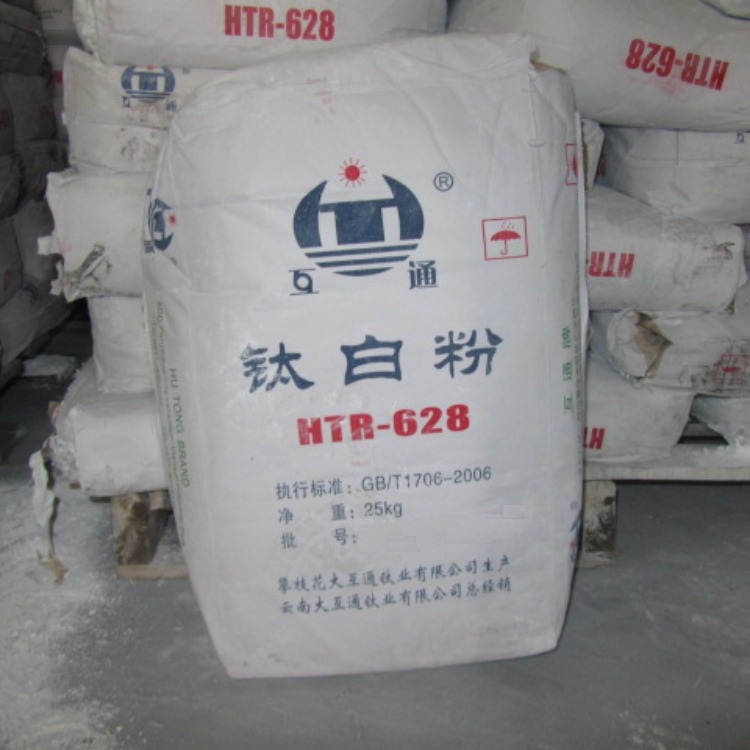
dec. . 16, 2024 15:39 Back to list
dioxido de titanio anatase
Titanium Dioxide Anatase Properties, Applications, and Environmental Impact
Titanium dioxide, known chemically as TiO₂, is a naturally occurring oxide of titanium that is widely recognized for its versatility and exceptional properties. Among its three natural mineral forms—anatase, rutile, and brookite—anatase has garnered significant attention in various fields, including photocatalysis, pigments, and solar energy applications. This article delves into the properties, applications, and environmental impact of titanium dioxide anatase.
Properties of Titanium Dioxide Anatase
Anatase is characterized by its tetragonal crystal structure, which contributes to its distinct optical and electronic properties. It exhibits a band gap of roughly 3.2 eV, making it an effective photocatalyst under UV light. The material is known for its high refractive index and excellent UV light absorption, which makes it an ideal candidate for a variety of industrial applications. In terms of chemistry, anatase is stable at high temperatures and demonstrates a significant photoactivity, making it a desirable choice for processes that require light activation.
Applications in Industry
One of the most prominent applications of titanium dioxide anatase is in the field of photocatalysis. When exposed to UV light, anatase can generate electron-hole pairs that facilitate redox reactions. This property is harnessed in environmental remediation processes, where it helps to break down organic pollutants and harmful substances in water. As a photocatalyst, anatase is used in air purification systems, helping to eliminate volatile organic compounds (VOCs) and other airborne toxins.
In addition to its role in photocatalysis, titanium dioxide anatase is widely employed in the manufacturing of pigments. Anatase offers bright whiteness and excellent durability, making it a favored choice in the production of paints, coatings, plastics, and paper. The pigment imparts opacity and brightness, enhancing the visual appeal of a wide range of products. Furthermore, the use of anatase in cosmetics is also notable, as it serves as an ingredient in sunscreens, protecting the skin from harmful UV radiation.
dioxido de titanio anatase

Another significant application lies in solar energy. The unique properties of anatase TiO₂ are being explored in the development of dye-sensitized solar cells (DSSCs). In this context, its ability to facilitate electron transfer and improve light harvesting efficiency makes it a key component in enhancing the performance of solar energy systems. The integration of titanium dioxide anatase in energy applications aligns with the global shift towards sustainable energy solutions.
Environmental Impact and Safety
While titanium dioxide anatase showcases remarkable advantages, its environmental impact and safety have been points of concern. The extraction and processing of titanium minerals can lead to habitat destruction and pollution if not managed properly. Moreover, the potential release of nano-sized titanium dioxide particles into the environment has raised questions regarding their effects on ecosystems and human health. Some studies have suggested that inhalation of titanium dioxide nanoparticles could pose health risks, necessitating regulatory scrutiny and careful handling in industrial applications.
In response to these concerns, researchers and regulatory bodies are actively working to assess and mitigate the potential risks associated with titanium dioxide. There is a growing emphasis on sustainable practices in the production and usage of this material, promoting recycling and responsible disposal methods to reduce environmental footprints.
Conclusion
Titanium dioxide anatase stands out as a multifunctional material with its unique properties and extensive range of applications. Its role in photocatalysis, pigments, and solar energy harnesses the power of light to address environmental challenges and enhance product performance. However, it is crucial to balance these benefits with careful consideration of its environmental impact. Ongoing research and responsible practices will ensure that titanium dioxide anatase can continue to play a pivotal role in various industries while safeguarding public health and the environment. As we advance, the potential for titanium dioxide anatase remains vast, promising innovations that could reshape our approach to sustainability and industry practices.
-
China Lithopone in China Supplier – High Quality Lithopone ZnS 30% Powder for Wholesale
NewsJun.10,2025
-
Top China Titanium Dioxide Company – Premium TiO2 Powder Supplier & Manufacturer
NewsJun.10,2025
-
Fast Shipping 99% Pure TiO2 Powder CAS 13463-67-7 Bulk Wholesale
NewsJun.10,2025
-
Top China Titanium Dioxide Manufacturers High-Purity R996 & Anatase
NewsJun.10,2025
-
Lithopone MSDS Factories - Production & Quotes
NewsJun.10,2025
-
High-Quality Titanium Dioxide in Water Suppliers - China Expertise 60
NewsJun.09,2025
